Irises, the people referred to as "Cockerels", - Flowers that fill in a pause between spring and summer plants. They bloom in mid-May and bloom until July. If you correctly pick up the varieties, then Irises can be happy with its violet paints at least two months.
Types of Irisov
Pretty many varieties has an iris:
- Iris Bearded - in the form of a flower Irises are divided into bearded and non-counted. The first received their name through shaggy hairs on the petals.
- Iris Germansky is the most common view among the bearded irises. This flower is very common in America, has a very large coloring palette.
- Iris Neborad - includes several species, many of which grow in Russia.
- Iris Siberian - its color begins with blue shades and ends with dark purple. He has one drawback - almost complete absence of fragrance.
- Iris Japanese - has large flowers resembling orchid, in diameter reach 25 cm, there is no fragrance.
- Iris skewan - an elegant flower that remarks freely frosty winter and drought. Height reaches a meter.
- Iris Bolotnaya - This type of colors costs a little away, because it grows only in wet soils. Most often, they are planted by the shores of artificial reservoirs, flowers have yellow or pink color.
The violence of paints Iris can admire the photo.
Soil processing before landing
Before planting irises, you need to carefully prepare a flower garden. Pay attention to the location of the groundwater if they are high, the soil will have to drain. Also choose such a place so that the sun's rays fall at the most part of the day, since Irises will not grow in the shade. Lift the flowerub, where the "cocks" of centimeters will grow to 15. So they will be much more comfortable.
If the soil in your parts is particularly fertility, then it is additionally not necessary to feed it. If the situation is exactly the opposite, then enter mineral and organic fertilizers. After that, shry the land, reappoint for a pitch, and make a garden or a flower garden that would look south. But immediately before planning the irises, you don't need to put on the ground, otherwise the plants will disappear. Specialists recommend fertilizing to them about 10 months before plant disembarking.
In one place, not transplancing, the flowers will grow about 10 years in a row. If hybrid flowers, then up to five years. Consider the moment that over the years the bushes grow up, so they need a large territory, so that they have enough useful substances.
Planting flowers
In the summer of Petushkov, flower kidney is formed, with it they winter, and a new flower appears in the spring of it. In gentle species, this kidney freezes when frosts come.
Take flowers to a new place needed at that time when new processes from the root have already grown, but the kidney with the future flower has not yet riser. It is not worth a bun for replant, just cut off neatly a knife is a root link. The roots need to be cut and leave about 7 cm, also to shorten the leaves on the third part of the initial length.
It is best to transplanted flowers in the summer, in this period the roots are still in a state of success, after transplanting them to another place, they will start rapid growth, this happens in about two weeks.
If you transplant the flowers in the fall, then select an progestion with a good kidney of the future flower, see that he has developed rhizome. And then it remains behind the weather, with a good coincidence, your iris will bloom the future in spring. In the fall of transplanting flowers only in September and early October, if you plant later, there is a chance that the iris is not rooted to the first frosts. It is necessary to plant a plant in this way:
- Drop the landing pitch. At her day, there is a small hollyk and they have roots.
- The seedling needs to close a little and top to fall asleep the layer of land. The leaf fan should be vertical, even if it is palm.
- The plant is well moistened, and through three days to pour again.
- If the days are still hot, then the seedling is better pronounced, and if cold, then leaves can serve as an additional heating.
- Saplings need to be planted, retreating from each other about 30 cm.
Caring for flowers
Iris saplings are not particularly demanding, after landing for them, care is needed about the same as for other perennial flowers:
- on time to remove weeds;
- feed flowers with mineral fertilizers;
- water to water;
- treat diseases;
- fight pests.
In addition to these items, there are certain moments in the care of irises inherent in these colors. Young seedlings and plants under the fall are covered with leaves in the fall, so that they do not frozen. As soon as snow comes down in March, the leaves need to be removed that the irises can breathe freely and grow. The soil around the root needs to shave. It is not necessary to cover old plants, they are frostable.
After the spring earth will dry a little, it must be fertilized. After adding mineral fertilizers, you need to explode the soil, digging by 5 cm.
Carefully contact the roots of the irises to not damage them, because they will be a bit visible on the surface. Feature irises for such a scheme:
- In March, fertilize the mixture of parts 2 - nitrogen, 1 - potassium and 1 - phosphorus.
- At the end of April - early May, when buds are forming a mixture of parts 3 - nitrogen, 3 - potassium, 1 - phosphorus.
- A month, how to flash buds with a mixture of pieces 1 - potassium, 1 - phosphorus.
If you adhere to this graph, the irises will be more enduring and beautiful. But for young seedlings, it is necessary to fertilize the ground only in the spring, in the summer they will not need to be needed.
At some point, the plant can not get the nutrients and it is bad appear on its growth. For the iris is the time when there is a new tab and kidney grow shoots. If at this time to fertilize, then next year will appreciate the lush flowering irises. If the soil is the sod-podzolic, it is necessary to fertilize in a season three times in the above scheme, based on the calculation that 1 square. m. 12 c. fertilizers. If the soil with sand, the dosage is increased to 17 c. 1 sq. m. with nitrogen to behave carefully, in any case, do not put it above the norm, or irises will fatten and as a result, in the bush will be a lot of leaves and few flowers.
Pest Control
Pest control - an important point in breeding irises. As a precaution, you can use this method: every two weeks, starting from the time when the leaves grow back ten centimeters, malathion spray them, and when the leaves of the flower stalk seem necessary to discontinue prophylaxis.
I unsightly bearded irises summer leafy bundles can be seen in them only three leaves. These plants may be an issue with flower buds and bloom the following spring the plant will not. In a healthy state of the flowers must have eight leaves.
To detect pests need to carefully examine the flower, special attention is paid to the root. If you see it rot, then gently scrape it and treat the soap mixture. Last year's list of the best cut and burn, because they are often fraught with pests. During flowering should be cut all the leaves that are wilted, and after the bud is perfect, and all the flower stalks.
Healthy flower is easy to identify - in their leaves, there is a wax coating.
The most common pests irises:
- Kasatikovy scoop. These dangerous pests eating away the base of the flowers, causing them to turn yellow and disappear, they do not gnaw stems completely but in a strong wind it will break itself. In addition to the top of the hit tracks and roots. A particularly dangerous summer. combat method: spray the plant twice malathion solution (10%).
- Gladiolusovy trips. This small, almost imperceptible insect does great harm, he lives in a compressed iris leaves, causing the leaves appear brown crust. Further, the insect moves to the flowers, and they either do not bloom at all or bloom poorly. The hotter the summer, the parasite better. fight Method: spray solution twice karbofosom (10%).
- Medveda. Universal pest, which can crawl underground, fly over it and even swim in water. Cleans the roots of the roots and the bulbs. Method of struggle: Pour earthen moves with soap solution on the water bucket 1 tbsp. Spoons of powder. After that, the Medveda should get out. And you can pour the land with the infusion of chicken litter, it also does not tolerate the Medveda.
- Slug. They love to enjoy gentle flower leaves. If there is a lot of slugs, the plant will die. In addition, these pests transfer bacteriosis. Method of struggle: Split wet rags around the plant, slippers will slip on them, as in the shelter, they can only be collected and destroyed.
When working with kernels in the fight against pests, do not forget about personal security. All manipulations spend in mask and rubber gloves.

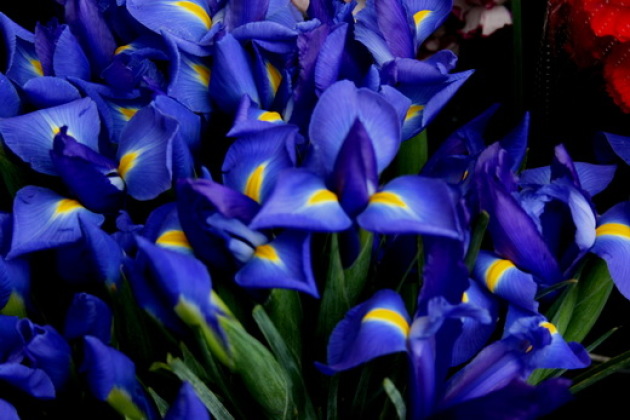
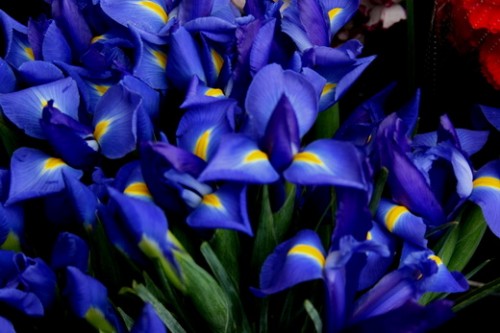
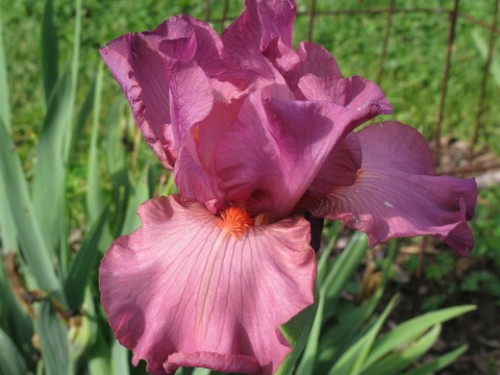
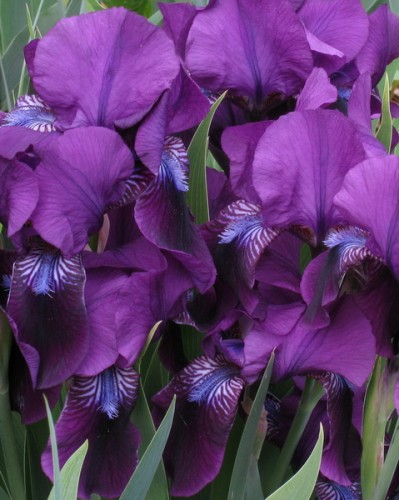
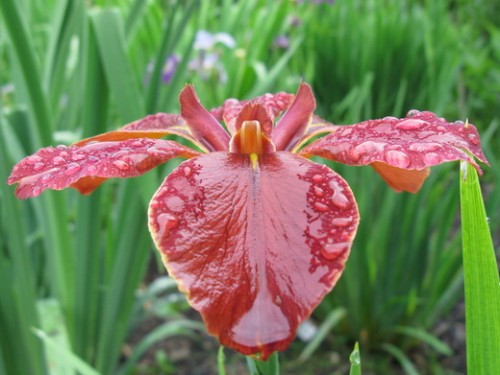
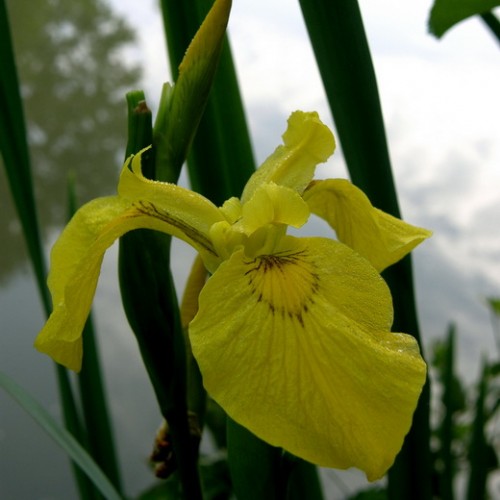

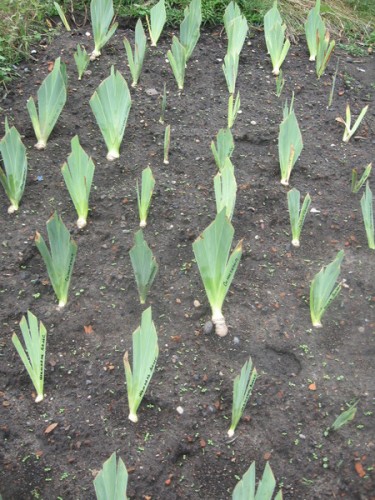
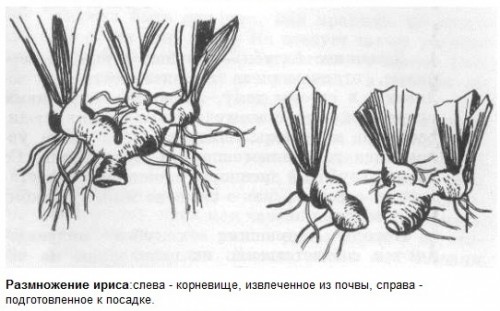
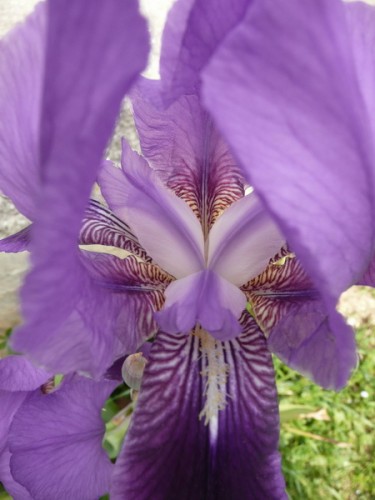
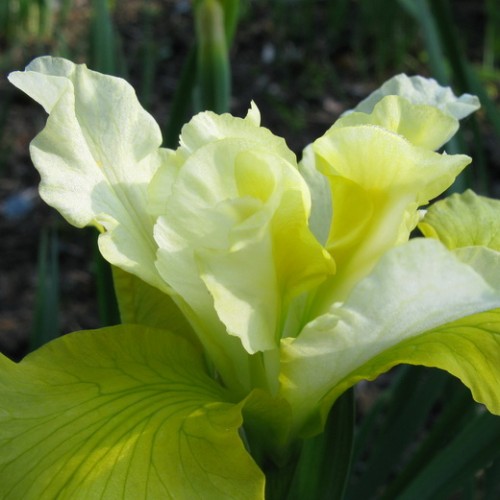
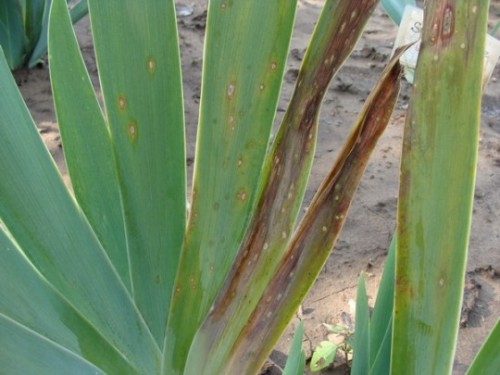





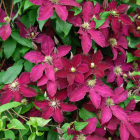
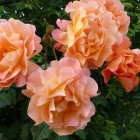

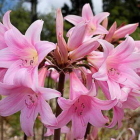
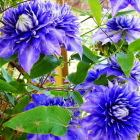
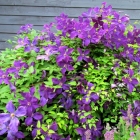
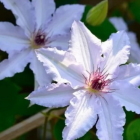
 Start a discussion ...
Start a discussion ...